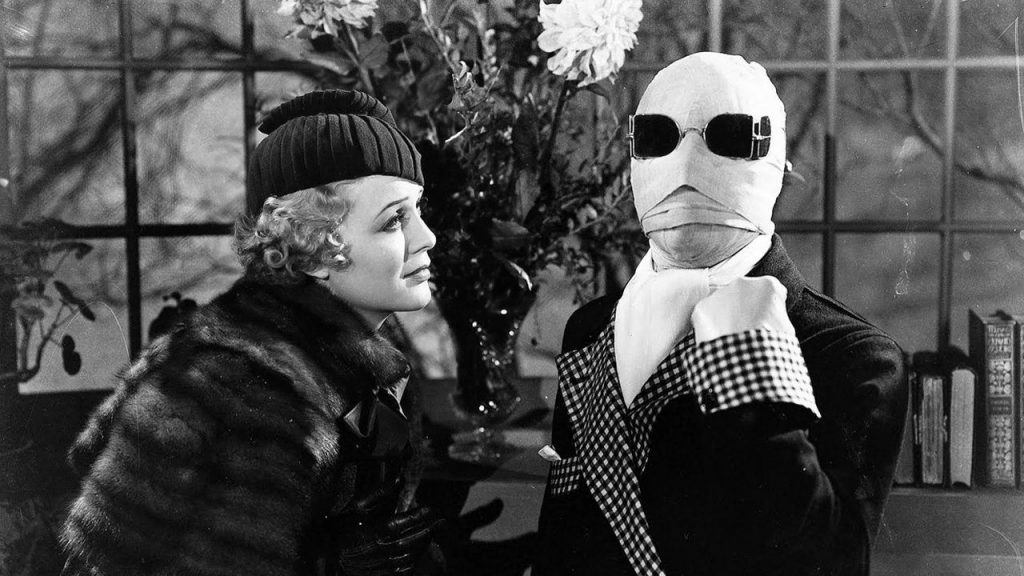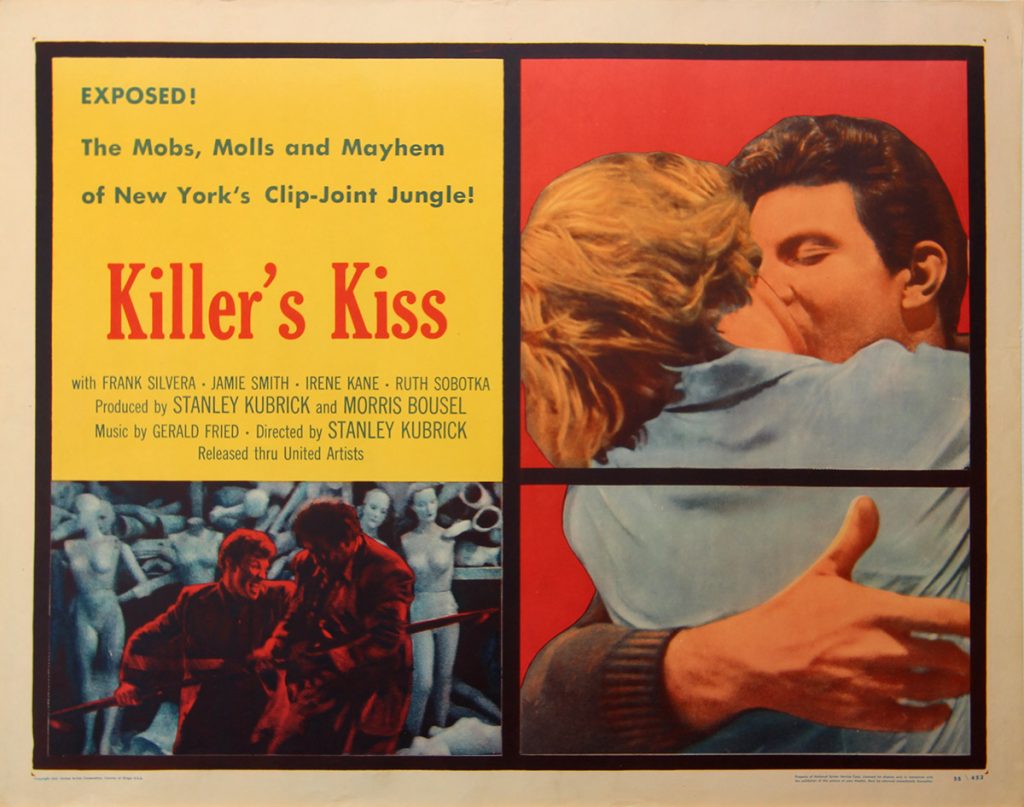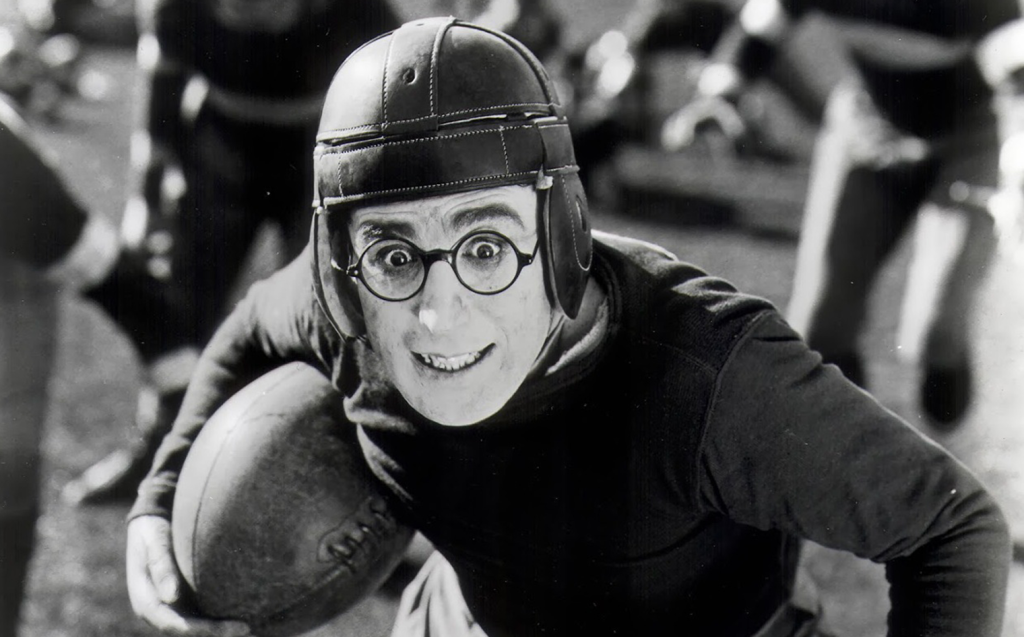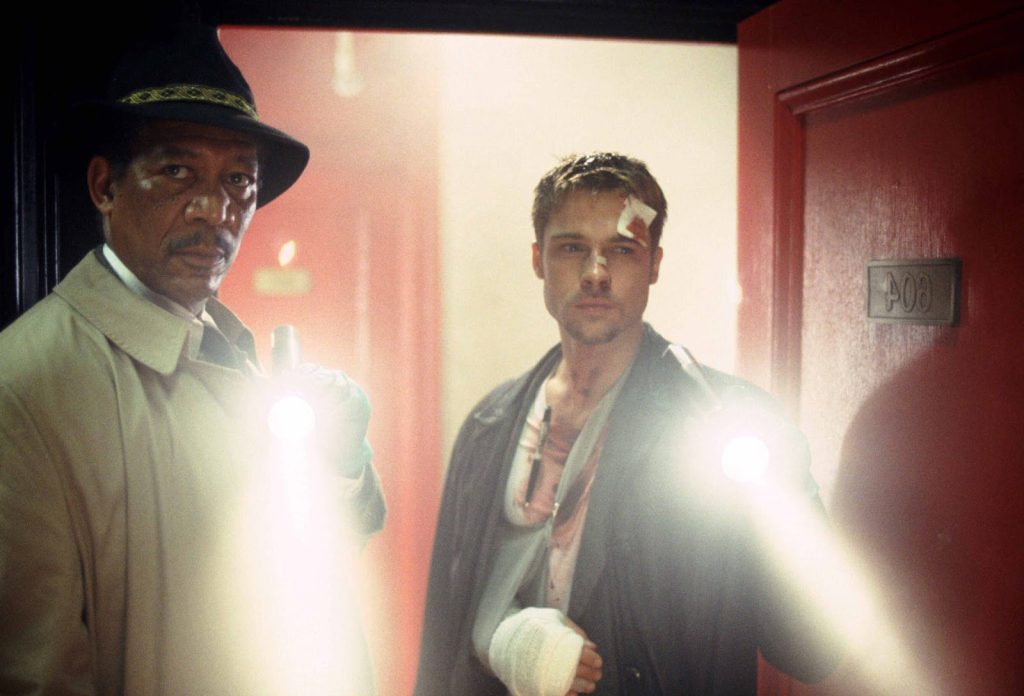All the way back in 2001, long before he was a celebrated author or Internet personality or, God help us, the “PC” in the “Mac and PC” commercials, John Hodgman asked a very simple question: “Flight or invisibility?” He asked it on a “This American Life” episode titled “Superpowers,” in which he asked a wide variety of people if, given the improbable choice, they would rather have the gift of flight or the gift of invisibility. Their answers are strangely enlightening, an unexpected entry point into understanding something about the human psyche, in both light and darkness. We would fly for convenience, or fun, or (maybe) to fight crime. But we would choose invisibility for far more nefarious reasons: to watch people in moments of privacy, to hear the things they say when they think no one’s listening, or (maybe) to commit crimes.
And that binary goes a long way towards explaining why flight is so often seen in rah-rah superhero movies, and invisibility is more often present in horror cinema. Which is not to say that it’s solely found there; it’s a mighty pliable premise, which has appeared in everything from broad sex comedies (The Man Who Wasn’t There – no, the other one) to light rom-coms (Memoirs of an Invisible Man – directed, oddly enough, by horror master John Carpenter). Hell, when Abbott & Costello met the Invisible Man, they used him as a plot device for a boxing movie. But the character is most effective in horror, from the original 1933 Invisible Man to the deeply disturbing Hollow Man to last year’s Blumhouse riff.
The original – now streaming as part of the Criterion Channel’s “Universal Horror” program, and available in the new “Universal Classic Monsters: Icons of Horror” 4K Ultra-HD Blu-ray set – remains a chilling demonstration of the story’s effectiveness. Adapted from H.G. Wells’s 1897 novel, it was directed by the great James Whale, after Frankenstein and The Old Dark House, but before Bride of Frankenstein. It begins in progress, with a strange man trudging through a blizzard, then stumbling into a small village and its earthy inn. He asks for a room, demanding absolute privacy – and for good reason.
This is Dr. Jack Griffin (Claude Rains), and his appearance – bundled tightly and wearing sunglasses – could initially be attributed to the cold weather. But his face is covered with bandages, we discover, because he is already the invisible man, left in this condition by “a difficult experiment.” This eschewing of throat-clearing and set-up is something that today’s filmmakers could learn a lesson from; we don’t need to see his careful study, conversations about the danger of what he’s doing, the experiment going haywire, or any of that nonsense, because Whale knows that this is where the story gets interesting anyway.

Back home, his fiancé Flora (future Titanic co-star Gloria Stuart) is worried about his sudden disappearance, and Griffin’s colleague Dr. Kemp (William Herrigan) offers little help: “He meddled in things men should leave alone!” he explains to her, the first of the film’s many thematic ties to Whale’s earlier Frankenstein; as with that film, this monster puts the village it inhabits on high alert, with angry mobs and authority figures proving equally ineffective at quelling its rage. Griffin initially intends only to try to undo the damage (“There must be a way back! God knows there’s a way back!”), but he feels like a freak, locked up in that room, and his desperation unlocks his capacity for violence. When the terrified innkeepers, police, and townfolk try to confront Griffin, he finally peels off his bandages and tosses them at the crowd, cackling, “I’ll show you who I am! And what I am!”
In that scene, and throughout the picture, the invisibility effects are still impressive – and they hold up better in 4K than, say, most CGI-heavy movies of the ‘90s. And the model work is also convincing, as our antihero goes on a havoc-wreaking rampage, derailing a train, sending Kemp’s car over a cliff, scaring people to death, and swiping money from banks (were it not a ‘30s movie, this stretch is where the nudity would be).
But none of those miraculous effects work without Raines’s impeccable performance. Because of the aforementioned narrative efficiency, we don’t even see the actor’s face until the closing shot, so he’s been robbed of one of his most important tools as an actor. Thus the characterization is mostly about his voice (the body language matters as well, but not nearly as much), and he finds all sorts of ways to deploy it: the chilling way he assures Kemp, “There’s no need to be afraid, Kemp! We are partners! Bosom friends!”; the creepy delivery of his “Here we go gathering nuts and may” sing-song; and most disturbingly, how Whale and screenwriter R.C. Sherriff turn a logistical necessity (he often has to talk to himself, in order to convey reactions to an audience that cannot see his face) into a method of making the audience his co-conspirator.
As with Dracula and Frankenstein, it’s also worth noting that these films are endlessly eerie and affecting without the element of music that we now deem so indispensable to genre cinema. In the new 4K set, as in Universal’s history, The Invisible Man is grouped with those monster films (and the later The Wolf Man) as one of the essential early horror films, but it didn’t leave the same cultural imprint as the others. Maybe it’s just that it’s so much harder to dress as the Invisible Man for Halloween. But that may also be why The Invisible Man is, to my eyes, the most effective of those ‘30s and ‘40s classics; the costuming and make-up of his Universal brethren are comparatively silly, so it’s easy to chuckle and condescend to those ubiquitous monsters. But there’s nothing scarier than what we cannot see, and knowing that someone could be watching us at any moment, plotting, planning, ready to strike.
“The Invisible Man” is now streaming as part of the Criterion Channel’s “Universal Horror” program, and is available in the new “Universal Classic Monsters: Icons of Horror” 4K Ultra-HD Blu-ray box set.



